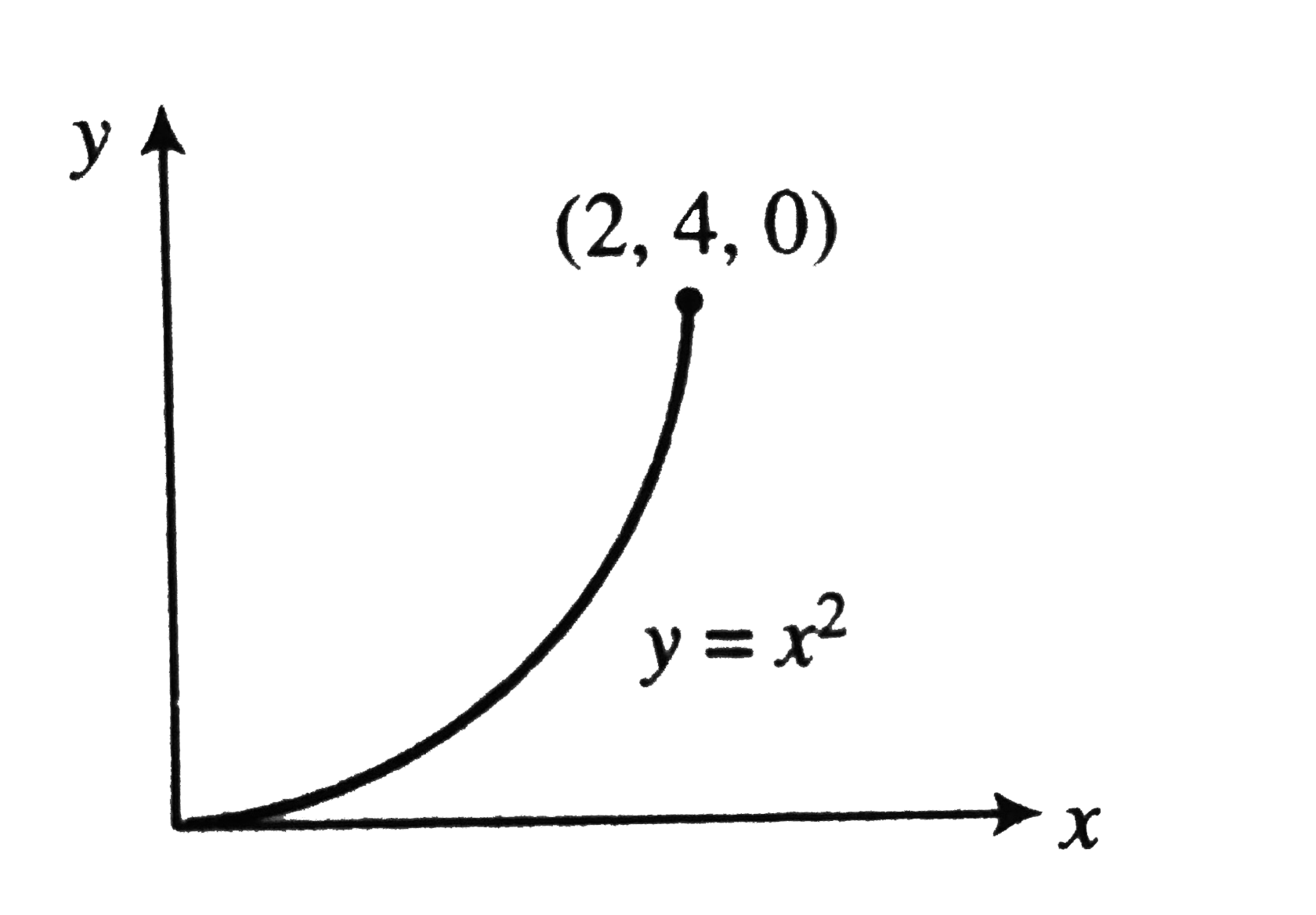A body is acted upon by a force →F=−ˆi+2ˆj+3ˆk. The work done by the force in displacing it from (0,0,0) to (0,0,4m) will be -
12J
10J
8J
6J
Step by step video & image solution for A body is acted upon by a force vec(F)=-hati+2hatj+3hatk. The work done by the force in displacing it from (0,0,0) to (0,0,4m) will be - by Physics experts to help you in doubts & scoring excellent marks in Class 12 exams.
Updated on:21/07/2023Topper's Solved these Questions
Similar Questions
A particle is acted upon by constant forces →F=−2ˆi+3ˆj+4ˆkand→F2=−ˆi+2ˆj−3ˆk is distanced from the point A (2,1,0,) to the point B(-3,-4,2) Find the work done by forces.
View SolutionA force Fy=(3x+2) N is acting on a body. The work done by this force if it tends to displace the body from x = 0 m to x = 4 m will be
View Solution
Knowledge Check
A mass of 1 kg is acted upon by a single force F=(4ˆi+4ˆj)N. Under this force it is displaced from (0,0) to (1m,1m). If initially the speed of the particle was 2 ms−1, its final speed should be
A6ms−1B4.5ms−1C8ms−1D4ms−1The gravitational force in a region is given by, →F=ayˆi+axˆj. The work done by gravitational force to shift a point mass m from (0,0,0) is (x0,y0,z0) is
Amax0y0z0Bmax0y0C-max0y0D0A force of →F=2xˆi+2ˆj+3z2ˆkN is acting on a particle. Find the work done by this force in displacing the body from (1,2,3)m to (3,6,1)m.
A(a) −10JB(b) 100JC(c) 10JD(d) 1J
A force F = (2+ x)N acts on a particle in the x-direction. The work done by this force during a displacement from x = 1.0 m to x = 2.0 m is
View SolutionA force F=(10+0.5x) acts on a particle in the x-direction. What would be the work done by this force during a displacement from x=0 to x=2m (F is in newton and x in metre)
View SolutionA force of (3ˆi+4ˆj) Newton acts on a body and it by (3ˆi+4ˆj)m. The work done by the force is
View SolutionA force (3ˆi+4ˆj) newton acts on a boby and displaces it by (3ˆi+4ˆj) metre. The work done by the force is
View SolutionA force →F=(3xy−5z)ˆj+4zˆk is applied on a particle. The work done by the force when the particle moves from point (0,0,0) to point (2,4,0) as shown in figure.

View Solution
